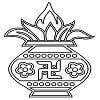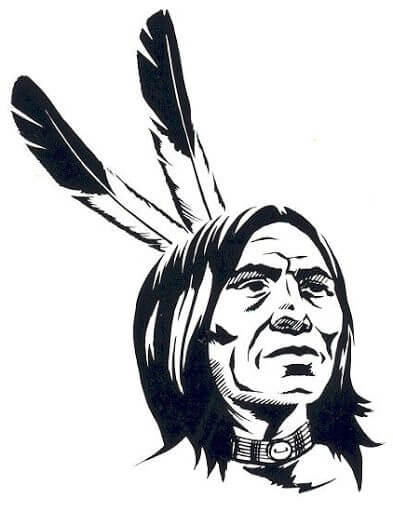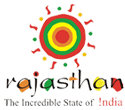- Home
- Holiday Ideas
-
-
- Choose Your Traveling Theme
-
- Adventure Tourism
-
- Cultural Tourism
-
- Tour Packages
-
-
- Packages by State
-
- Holidays by Interest
-
- Popular Tour Packages
-
- Fair And Festivals
-
- Ayurveda And Yoga
-
- Offers
-
- Destinations
-
South Indian Wedding Traditions
South Indian Wedding Traditions
The Hindu wedding features a number of rituals and customs, each symbolic of lovely and noble sentiments. South Indian wedding traditions and ceremonies are not any exception. Together enters the place or venue of ceremony of a South Indian wedding, one notice things like full-grown plantain trees tied to both the gateposts, festoons overhead of mango leaves, and screw-pine petals that never fade, notes of the Nadaswaram, the South Indian Shehnai, Kolam or Rangoli designs at the doorsteps and therefore the like.
On the evening before the marriage day, the bridegroom is brought during a procession from a temple during a flower-adorned ride. The bride’s parents escort him to the wedding Mandapam. Nadaswaram band leads the way along the streets. After reaching the wedding hall, there’s a proper ceremony of espousal. Ganapati, the God of Initiation is invoked, to stay away all hindrances. There are several presiding gods – the Nandi Devatas. To please them, a leaf-laden branch of the pipal is about up, and 5 married ladies perform a ritual of washing it with milk.
This Puja or worship is followed by a presentation of a dhoti, and a saree to the espousing couple. This is often performed to propitiate the 9 astral planets that rule over human destiny. The wedding ceremonies start with the Vratham performed separately by the bride and therefore the groom. For the bride, it means the tying of the holy thread on her wrist that’s meant to stay away all evil spirits. From there on, the groom prepares himself for a replacement chapter in his life as a householder or Grihasta. The times of his bachelorhood are now over and therefore the acceptance of this is often all what the Vratham is about.
At the wedding hall, the bride’s father and therefore the bridegroom’s father facing one another , formalize the ultimate betrothal ceremony, because the Vedic priest chants the acceptable hymns during which the names of the bride, the bridegroom, also because the names of their 3 generations of ancestors, are cited in presence of all the buddies , relatives, and guests. The bride and therefore the groom are lifted to the shoulders of their respective uncles, and therein position they exchange flower garlands with one another thrice for an ideal union. Here the exchange of garlands symbolizes their union. It’s also symbolic of acceptance of every other by exchanging the very fragrance of the opposite.
The bride is formed to take a seat on her father’s lap and is given away as a present by him to the bridegroom. On the girl’s head, a hoop made with Kusa, is placed, and over its placed the Mangal Sutra on the opening of the yoke, and water is poured through the aperture. The bride is then given an auspicious washing, and an elite new Koorai Saree is draped round her, which is completed by the sister of the bridegroom.
Three knots are tied, the primary one by the bridegroom, the opposite two knots by his sister to form the bride a parts of the boy’s family. The groom holds the hand of the bride. Holding the bride’s hand, the bridegroom walks seven steps together with her. This is often the foremost important a part of the wedding ceremony, and only they walk seven steps together is that the marriage complete. The assumption is that when one walks seven steps with another, one becomes the other’s friend.
A vital a part of the marriage is that the honor paid by the couple to Agni, the hearth God. They revolve around the hearth, and feed it with ghee, and twigs of nine sorts of trees, as sacrificial firewood. The vapors that arise are alleged to possess therapeutic, healing and purification properties for the couple. Agni, the foremost powerful element within the cosmos is deemed as a witness to the wedding.
The bridegroom helps her step on a grindstone kept on the proper side of the hearth, holding the bride’s left foot toe. The elders and therefore the invitees shower Akshadai, or rice-grains coated with turmeric and saffron, on the couple, – as approval. Taking together with her, fire from the Laaja Homam, the bride leaves her home, and enters the new home of her in-laws. The Vedic hymns sound like mother’s words of recommendation to her daughter.
The evening of the wedding day may be a time to relax and rejoice. The newly married wife calls her husband for play, alluring him through a song. Much to the cheerfulness of 1 and every one gathered there follows list of playful items. During these things, the women sing songs poking fun at the bride, the groom and therefore the in-laws. These proceedings bring out many qualities of the bride and therefore the groom, like sporting spirit, kindness, strength, co-operative nature and therefore the like.
A solution of lime and turmeric powder is ready on a plate, and circled around, and thrown away to stay the look cornered. This is often done variety of times during the whole wedding, and also at the top.
WANT TO RENT A CAR IN INDIA ?
Choose Your Traveling Theme
















